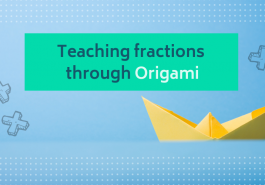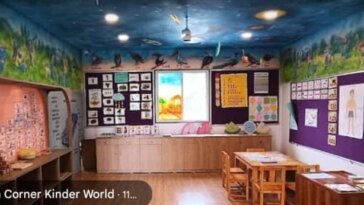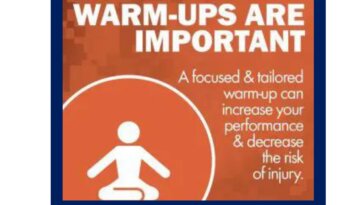
“Standing before a mathematical wall confronting a novel situation would be joyous when students know that they have their own self-expression to reach the other side of disclosure.”
As educators, we are imbued with the intellectual power to give our students tools and guidelines to think creatively.
With excellent resources at our disposal, including computers and multimedia, learning Maths can be engaging, interesting and student- friendly.
Loving to Hate Maths
Many students love to hate Maths because of the limitations and rigidity experienced during the learning process. Maths, with rigid rules and inflexible terms, will alienate learners from creative and flexible thinking. Creativity is instrumental in taking maths out of its old, dusty conventional box to new inventive approaches. Opportunity to explore and experiment, to pull the pieces together, widens the space for creativity, a valued ability.
INTEGRATED LEARNING – Maths learning incorporated with Drama and Creative Art
An interesting skit was staged depicting two farmers who were confused as to who owned a bigger plot of land; the rectangle or the square. This initiated learner being asked to draw their own dream house and recreational room on a sheet of graph paper. They were then asked to calculate the boundary of their square or rectangular room and its area by counting. Learners realised that twice the length and the breadth of each dimension is the perimeter and the formulae for the area of a rectangle also become apparent themselves.
Encouraging students to solve math using drawings instead of written calculations and equations helps learners understand concepts, shed their inhibitions and foster confidence in the subject.
DEVELOPMENT OF LIFE SKILLS EMBEDDED IN MATHS
Using mind maps and observational skills around the topic of ‘Collection and Tabulation of Data’ helped the students to comprehend and analyse data constructively. Students were able to generate new ideas, equipping them to advance in their statistical thinking.
Students undertook an extensive survey. This enabled them to relate the empirical with the real world. Being able to discuss, interact and brainstorm with each other widened their perspective of Maths as a generative and creative process. This gave scope for critical thinking. Collecting primary data and analyzing it boosted students’ morale, each felt their innate strength was well realised.
Adopting innovative teaching-learning methodologies that acknowledge students’ potential, and generates multiple solutions to a given problem, is more effective than the conventional reproduction of rules and procedures.
MATHEASE
Studying Perimeter revolved around the story Spaghetti and Meatball by Marylin Burns with a beautiful narration. Students were asked to help the host featured in the story make the most economical seating arrangement for thirty-two guests on square shaped tables. After brainstorming, groups found the best seating arrangement. In an additional task, they made accurate rectangular shaped rabbit pens.
When students are offered challenging and interesting tasks they are taken to another realm, where proficiency is developed. Learning becomes useful or functional and continues for a period of time whilst completing the task. Through trial and error, students took on the challenge, investigating and discovering alternative roots to a solution.
I aim to enable my students to use their mathematical thinking to decide, “What’s best?” or “What’s fair?”. One of the goals of any educationist is to foster pragmatic learning where creativity is recognised as an academic domain of ingenuity. Once there is a paradigm shift we will usher in a new era where there will be an influx of budding mathematicians and the dawn of a Maths Revolution.
Have you ever used the Brick Test to see creativity in Maths in your classroom? Read more on building Mathematic creativity and why some researchers suggest that creativity, along with number sense and working memory, could have an important correlation with mathematics achievement as well as contribute to problem-solving – https://www.cambridgemaths.org/blogs/building-mathematical-creativity/
How do you bring out creativity in your classroom? Share with us in the comments section.
Write for Cambridge University Press Teacher Community, share your interesting classroom stories or tips with other teachers. Write to us at connectedtot@cambridge.org














